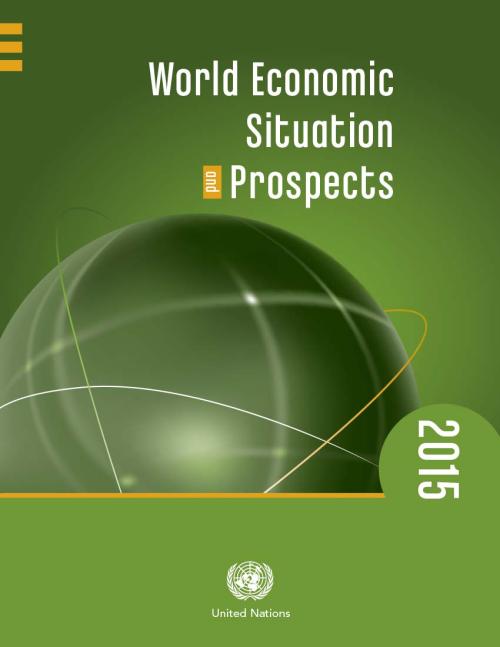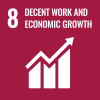The world economy continues to grow at a modest pace, with a gradual improvement projected for the second half of 2015 and 2016, according to the World Economic Situation and Prospects (WESP) as of mid-2015 report.
Growth of world gross product is projected to improve slightly from 2.6 per cent in 2014 to 2.8 per cent in 2015—a downward revision by 0.3 percentage points from the forecast presented in the WESP 2015 in January.
The downward revision reflects mainly deterioration in the prospects of the economies in transition and several large developing countries, especially in South America. In 2016, global growth is forecast to improve to 3.1 per cent, which is still well below the pre-crisis pace.
“The current world economic situation is characterised by five ‘lows’: low growth, low trade flows, low inflation, low investment, and low interest rates, combined with two ‘highs’: high equity prices, and high debt levels”, remarked Pingfan Hong, Director of the Development Policy and Analysis Division (DPAD) of the UN DESA.
The report notes that the growth divergence between the various regions will likely widen this year. WESP attributes this in part to the differing impacts from the recent drop in the prices of oil and other commodities.
The short-term growth prospects of most commodity-exporting economies have been downgraded; by contrast, commodity-importers tend to benefit from the lower prices in the form of reduced inflationary, fiscal and balance-of-payment pressures.
The report warns of still significant downside risks to the forecast related to the impact of the upcoming monetary policy normalization in the United States, ongoing uncertainties in the euro area, potential spillovers from geopolitical conflicts and persistent vulnerabilities in emerging economies.
These individual risk factors are interconnected and could be mutually reinforcing, potentially leading to a weaker-than-expected expansion of the global economy.
The overall subdued performance of the world economy since the global financial crisis has raised concerns of a “new normal” of lower growth.
The broad-based weakness in investment worldwide not only holds back current growth, but also reduces potential growth in the future.
“It is somewhat concerning that, despite highly accommodative monetary policies and historically low global interest rates, real investment has been weak in many parts of the world since the global financial crisis”, said Ingo Pitterle, the DPAD’s team leader for the report.
 Welcome to the United Nations
Welcome to the United Nations

